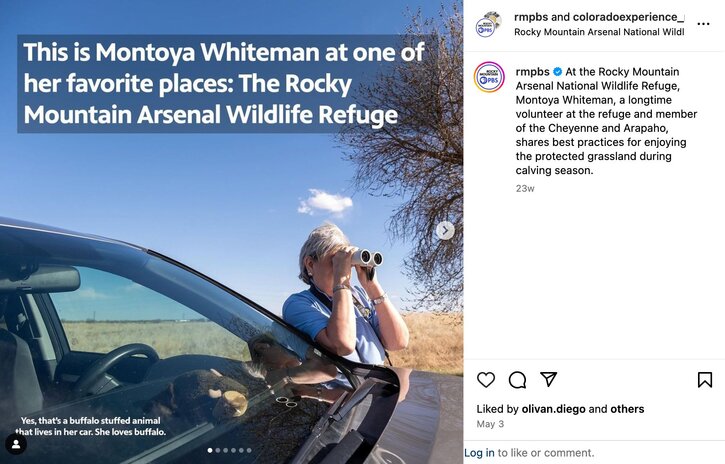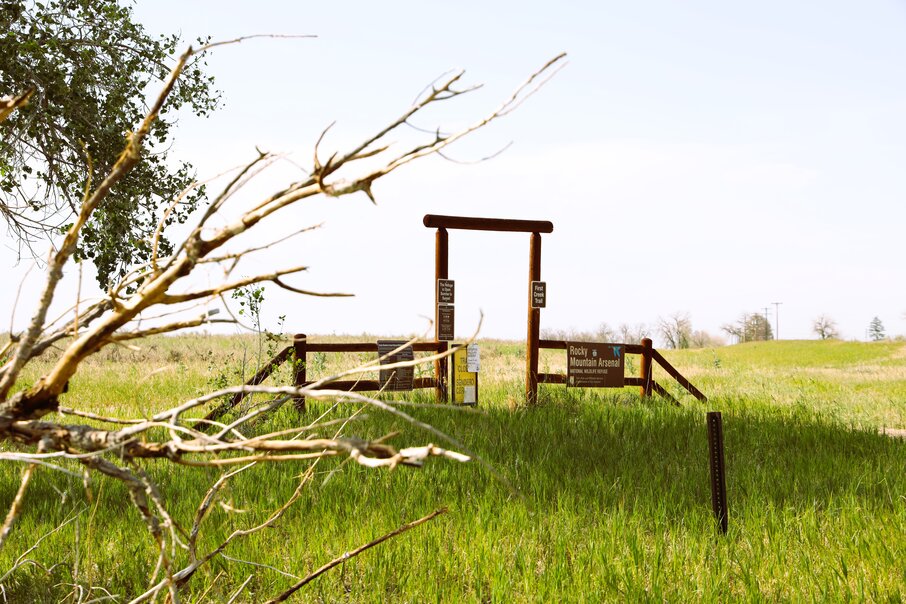Weapons to Wildlife
share

COMMERCE CITY, Colo. — The Rocky Mountains get all the credit when it comes to classic Colorado scenes, but just 16 miles east of downtown Denver lies a space that encapsulates a classic Colorado landscape.
With more than 330 species of animals and hundreds of species of native plants, the Rocky Mountain Arsenal National Wildlife Refuge is one of the country’s few urban wildlife refuges. This now serene and nature-filled space is here because it was once a site for chemical weapon manufacturing.
“We can go and enjoy the beauty of it today, but knowing what happened there before is incredibly important because we don't want to make that same mistake,” said Rachael Storm, the curator of business and industry at History Colorado.
Following the Dec. 7, 1941 attack on Pearl Harbor, the United States officially entered World War II. During this time, the U.S. Army selected the 17,000 acre space just outside of Denver to produce chemical weapons for the war because of the inland location and the mountains, which gave it protection from planes that had a lower altitude capabilities at the time.
The Army used eminent domain to force hundreds of homestead family members to move off the property to make way for these manufacturing needs. During WWII, the army produced chemical blistering agents including mustard gas, chlorine gas, napalm, white phosphorus and lewisite. These chemicals were only stockpiled, never used.
In the decades following, the Army produced and stored other chemical weapons and fuel and leased the land to Julius and Hyman Company, which was then acquired by Shell Oil. Both iterations of those companies produced pesticides until the early 1980s.
Once chemical production stopped, the government listed Rocky Mountain Arsenal on the national priorities list under The Comprehensive Environmental Response, Compensation, and Liability Act (CERCLA) also known as Superfund. This meant over the span of two decades, crews excavated, buried and destroyed any remaining chemicals while setting up water filtration systems to clean any toxic chemicals out of the groundwater.
At the same time, bald eagle roosts were discovered on the property which sparked the idea to turn the space into a wildlife refuge. As acreage was cleaned up, lands were then transferred to the U.S. Fish and Wildlife Service, until a final transfer in 2010. Now the Rocky Mountain Arsenal National Wildlife Refuge serves as a place for people to connect with nature close to the city.
“The Rocky Mountain Arsenal is such a special place. I feel like I have a personal connection. I think there's a strong cultural connection. And I actually love coming out here. I come out multiple times per week, even if I'm not volunteering,” said Montoya Whiteman, a volunteer at the refuge.
This web of history, nature and the changing American sensibilities surrounding the Rocky Mountain Arsenal National Wildlife Refuge are all included in a new documentary. “Colorado Experience: Weapons to Wildlife” is now available to stream.
You can watch the episode, and read more about the refuge below.
Where is the Rocky Mountain Arsenal National Wildlife Refuge?
Photos from the Rocky Mountain Arsenal National Wildlife Refuge
Previous reporting















